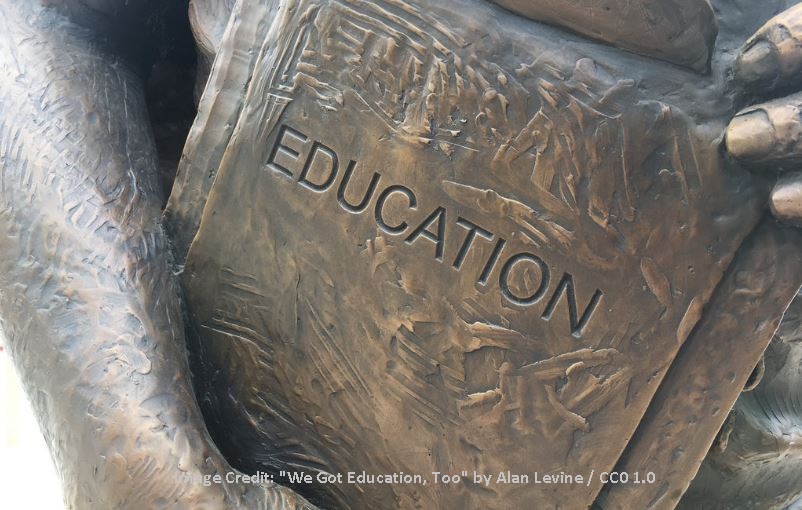Knowledge for the Global Common Good
Knowledge for the Global Common Good Patrick Blessinger and Enakshi Sengupta Since the dawn of the Industrial and Democratic Revolutions (circa 1800 CE), the impact of human activity on the planet has accelerated and the human species has become, for better and worse, the dominant influence affecting life on planet Earth. In some ways (for example, major decreases in illiteracy, poverty, child mortality), the world has become significantly better off since the dawn of these revolutions. In other ways (for example, major increases in mass carbon emissions and deforestation), the world has become worse off over the course of these revolutions. The development of the sustainable development goals is aimed at addressing these deficiencies. Within this historical context, and within the more modern context of globalization and the development of the sustainable development goals, the world has also emerged into a global knowledge society where access to much of the [...]


